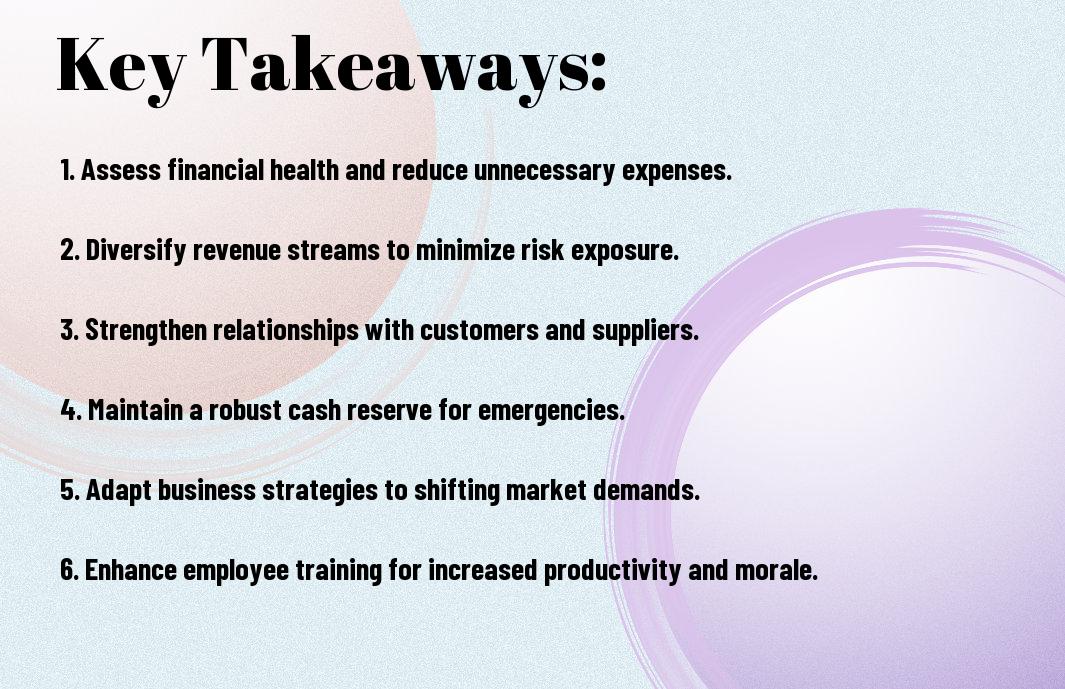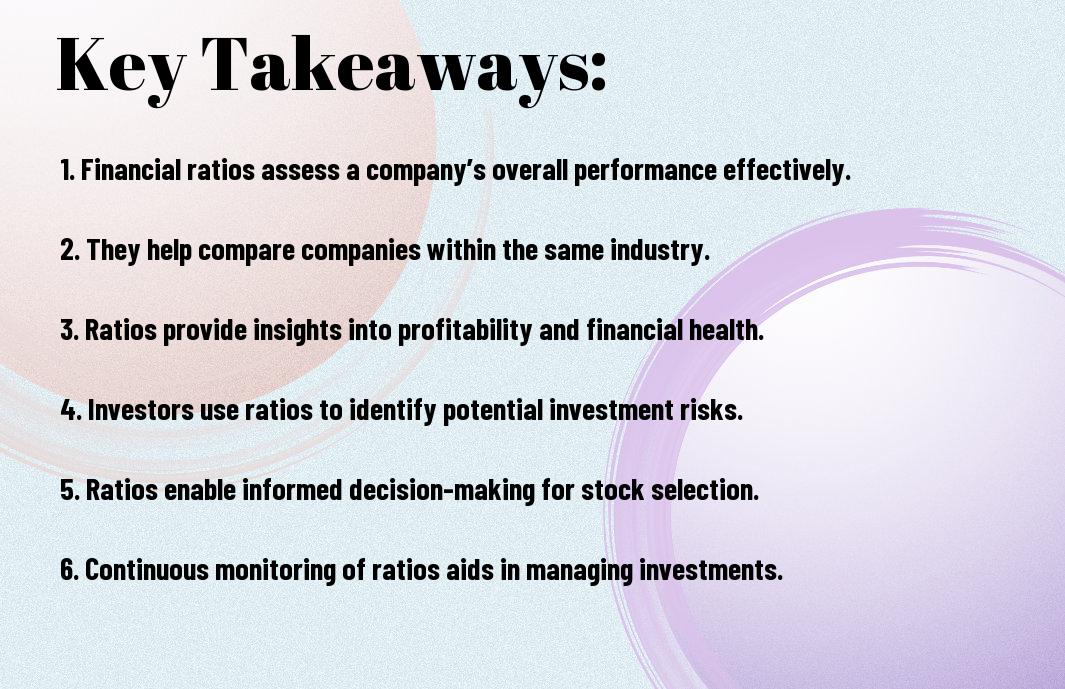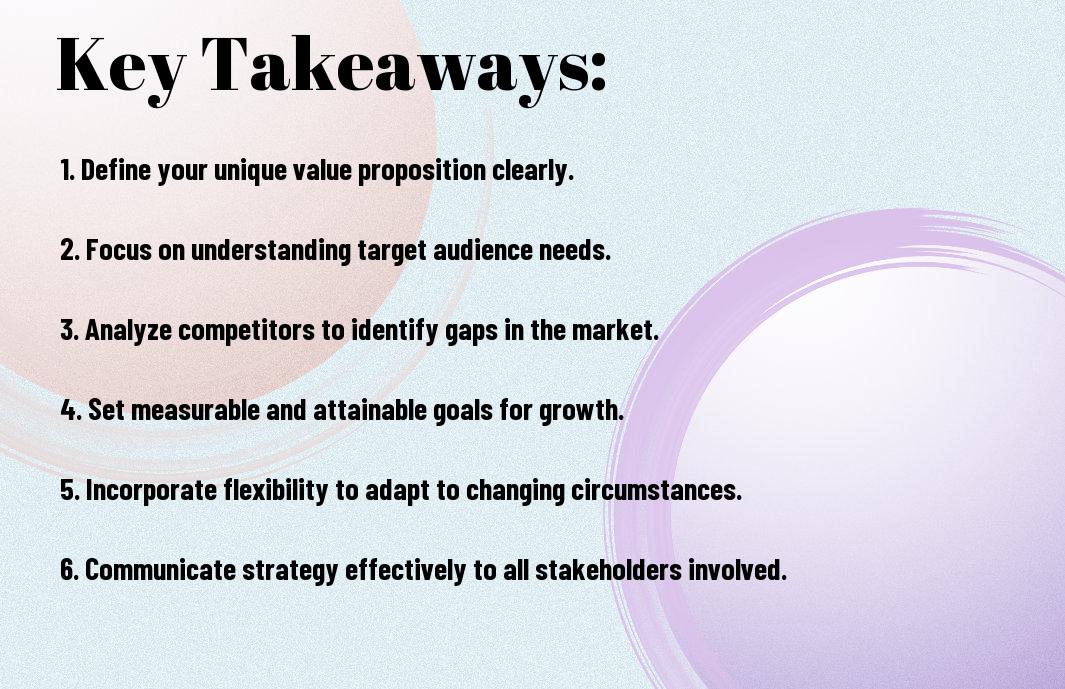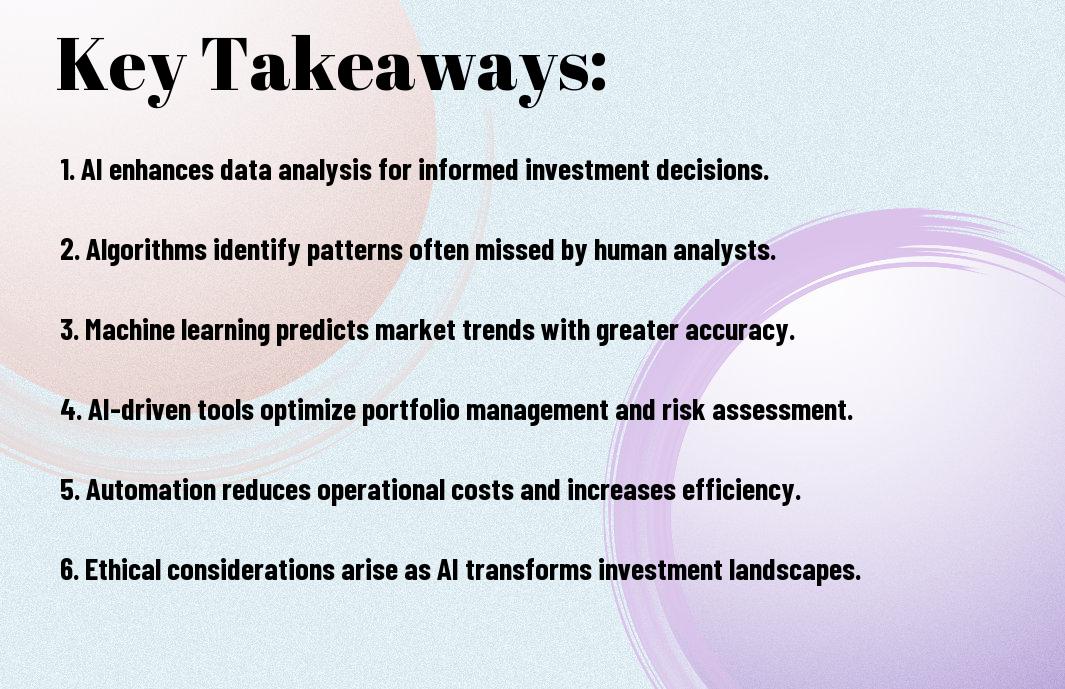It’s imperative to consider the advantages of investing in small-cap stocks if you want to diversify your portfolio and potentially enhance your returns. These companies, typically valued between $300 million and $2 billion, often showcase significant growth opportunities that larger firms may not provide. By allocating a portion of your funds to small-cap stocks, you can tap into emerging markets and innovative trends, potentially leading to substantial long-term gains. In this post, we’ll explore the key benefits that can help you make an informed investment decision.
Key Takeaways:
- Growth Potential: Small-cap stocks often represent companies with significant growth opportunities, potentially leading to higher returns over time.
- Market Inefficiencies: These stocks can be undervalued due to less analyst coverage, providing savvy investors the chance to discover hidden gems.
- Diversification Benefits: Including small-cap stocks in a portfolio can enhance diversification, reducing overall risk and improving long-term performance.
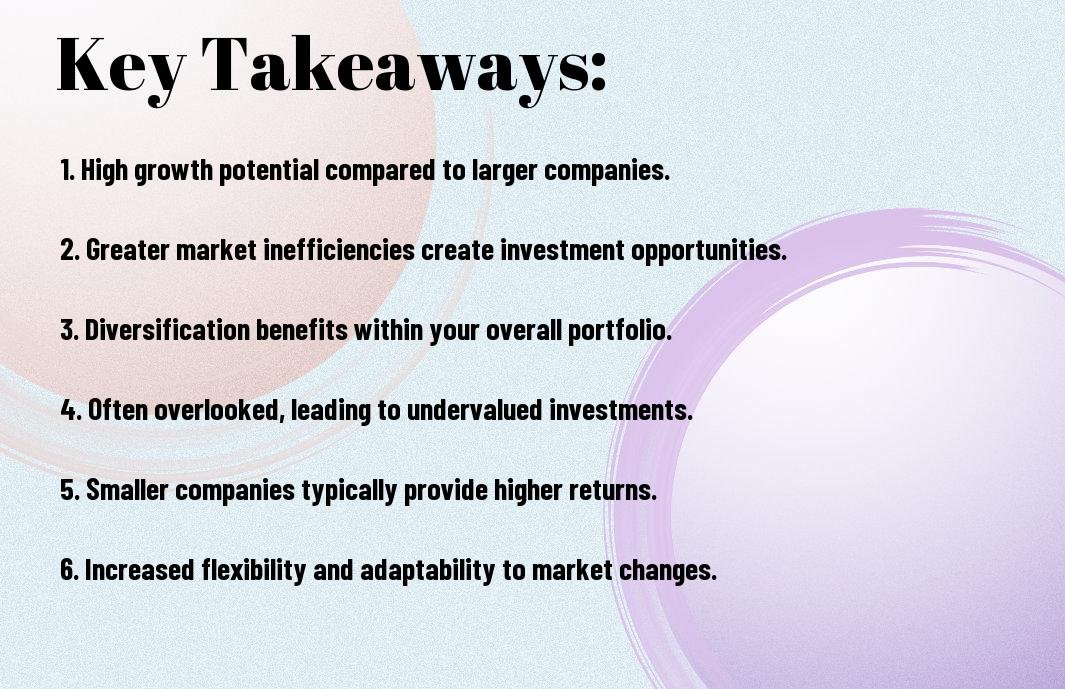
Understanding Small-Cap Stocks
Before delving into the advantages of small-cap stocks, it’s important to grasp what they are and how they operate within the larger market. Small-cap stocks generally refer to companies with a market capitalization between $300 million and $2 billion. These businesses are often in their growth phase, offering unique opportunities compared to their larger counterparts.
Definition and Characteristics
Understanding small-cap stocks involves recognizing their defining traits, which include higher growth potential and greater volatility. These companies typically have more room for expansion and innovation, giving them a unique appeal for investors looking for higher returns. However, you should also be aware that their stock prices can fluctuate significantly, reflecting the risks associated with investing in smaller firms.
Market Dynamics
Dynamics within the small-cap market can often diverge from those of large-cap stocks. You may find that smaller companies react more vigorously to economic changes or industry trends, providing both opportunities and challenges for investors.
In fact, small-cap stocks can be particularly sensitive to market sentiment and economic conditions. When economic growth is strong, these companies usually experience rapid expansion, leading to sharp increases in their stock prices. Conversely, during downturns, they may suffer more than larger firms, but this volatility can lead to significant gains when the market rebounds, making timing and insight key to maximizing your investment strategy.
Advantages of Investing in Small-Cap Stocks
Any investor seeking high returns should consider small-cap stocks for their unique advantages. These companies often have greater growth potential compared to their larger counterparts, which can significantly enhance your investment portfolio. Explore Four Reasons We Believe Small Caps Are Compelling | KAR to understand valuable insights on this investment strategy.
Growth Potential
Below small-cap stocks typically exhibit robust growth trajectories, enabling you to capitalize on early-stage developments that larger firms might overlook. This growth can lead to substantial returns as the companies expand and gain market share.
Market Inefficiencies
Above, many small-cap stocks remain under-researched and less followed by analysts, resulting in price inefficiencies. This gives you the advantage to identify promising investments that the broader market may undervalue.
But these market inefficiencies mean you have the opportunity to uncover hidden gems. While large-cap stocks are widely analyzed, small-caps often provide a chance to leverage your knowledge and research, allowing you to discover stocks that are trading below their intrinsic value. By doing thorough research, you can potentially achieve outsized returns as more investors recognize and act on the true potential of these overlooked companies.
Risk Factors Associated with Small-Cap Investing
Once again, investing in small-cap stocks comes with its own set of challenges. You must be aware of the associated risks, which include:
- Higher volatility
- Limited financial resources
- Less market recognition
- Illiquidity in trading
Thou must weigh these risks against potential rewards to make informed investment decisions.
Volatility
Around small-cap stocks can experience greater price swings compared to larger companies. This volatility may result from lower trading volumes and market interest, influencing stock values unpredictably. Your investment’s performance might fluctuate significantly, so you need to keep a steady mindset and be prepared for rapid changes.
Limited Financial Resources
Above all, small-cap companies often have fewer financial resources available for growth and operations. This limitation can impact their ability to weather economic downturns and to take advantage of new investment opportunities. You should consider how these financial constraints can affect potential growth and overall stability.
This restricted financial capacity can lead to increased operational risks, as small-cap companies may struggle to meet their obligations or secure favorable financing. You may find that these companies have less access to funding during challenging economic times, which could hinder their growth potential. Keeping these factors in mind will empower you to make sound investment choices within the small-cap space.
Strategies for Investing in Small-Cap Stocks
Your approach to investing in small-cap stocks can significantly enhance your financial growth. Focusing on rigorous research and careful analysis will help you identify potential opportunities, while also being mindful of the inherent risks. A well-thought-out strategy will combine understanding market trends, diversifying your portfolio, and keeping up with industry-specific news to optimize your investments.
Fundamental Analysis
Beside technical indicators, conducting fundamental analysis is vital when investing in small-cap stocks. You should evaluate a company’s financial health through metrics such as revenue growth, profit margins, and balance sheet strength. Understanding these fundamentals will allow you to make informed decisions and differentiate between undervalued and overvalued stocks, ultimately guiding your investment choices more effectively.
Diversification
Before stepping into small-cap stocks, it is wise to consider diversifying your investment portfolio. By spreading your investments across various sectors and asset classes, you can mitigate risk and cushion yourself against market volatility. This strategy not only promotes stability but also enables you to capture growth from different segments of the market.
It’s important to emphasize that diversification isn’t just about number; it’s also about allocation. Investing in a mix of small-cap stocks from various industries can provide a safety net, as different sectors often react differently to economic changes. Regularly assessing and rebalancing your portfolio will ensure that your investments remain aligned with your financial goals, further enhancing your overall investment strategy.
Long-Term vs Short-Term Investments
Despite the numerous strategies available, understanding the differences between long-term and short-term investments is key to your financial journey. Long-term investments in small-cap stocks can afford you significant growth potential, while short-term plays often rely on market timing and volatility. To learn more about the nuances of small-cap investing, check out What Are Small-Cap Stocks And Should You Invest In ….
Timing the Market
Short-term investing often hinges on the ability to accurately time the market, which can be challenging and unpredictable. You may find yourself trying to react to market fluctuations, leading to increased risk and emotional decision-making.
Holding Period Considerations
Behind any investment strategy, the holding period plays a significant role in your overall returns. Shorter holding periods can incur higher transaction costs and taxes, which may detract from your investment gains.
Even if you see immediate gains in small-cap stocks, it’s important to assess your investment horizon. Longer holding periods can buffer you against market volatility and enable you to benefit from the potential growth of small-cap companies. By allowing your investments the time they need to mature, you enhance your chances of achieving substantial returns while minimizing the impact of daily market fluctuations.

Case Studies and Historical Performance
After examining various small-cap stocks over the years, you can uncover compelling case studies that demonstrate their potential for strong returns:
- Company ABC grew from $200 million in market capitalization to $1 billion within three years, reflecting a 400% increase.
- XYZ Corp increased its share price from $5 to $25, a remarkable 500% return over five years.
- In 2010, LMN Inc. was valued at $100 million; by 2020, its value soared to $1.5 billion, providing investors with a 1500% return.
- PQR Ltd. saw its revenue triple over a five-year span, leading to a share price appreciation from $10 to $60.
Success Stories
One standout success story is the rise of ABC Technology, which started as a small-cap stock with a market cap of just $150 million in 2015. Through strategic innovations and smart management, the company grew exponentially, culminating in a remarkable market capitalization of $2 billion by 2021, rewarding early investors with a staggering 1300% return.
Market Trends
Below the surface, you’ll notice that small-cap stocks often thrive during market upswings. These stocks tend to benefit more significantly from economic improvements than their larger counterparts, making them a fitting choice for growth-oriented investors.
Also, in recent years, you might have observed a shift towards digitalization and technology adaptation, which has boosted many small-cap firms. As sectors evolve, small-cap stocks associated with emerging technologies or innovative solutions often experience rapid growth, attracting investor interest and providing substantial returns. Keeping an eye on these market trends may present valuable opportunities for your investment portfolio.
Conclusion
From above, it’s clear that investing in small-cap stocks can offer you substantial opportunities for growth and higher returns compared to larger companies. By diversifying your portfolio with small-cap investments, you can capitalize on the potential for significant appreciation, especially as these companies expand. Additionally, you might find that small-cap stocks provide a unique chance to engage with emerging industries. Overall, if you’re willing to conduct thorough research and embrace a longer investment horizon, small-cap stocks can be a valuable addition to your investment strategy.
FAQ
Q: What are small-cap stocks and why should I consider investing in them?
A: Small-cap stocks are shares of publicly traded companies with a relatively small market capitalization, typically ranging from $300 million to $2 billion. Investing in small-cap stocks can be advantageous due to their potential for significant growth. These companies often operate in niche markets and have the agility to adapt quickly, which can lead to higher returns compared to more established, larger companies. Additionally, small-cap stocks may be undervalued, providing opportunities for investors to capitalize on price appreciation as the business grows and gains recognition.
Q: What are the risks associated with investing in small-cap stocks?
A: While investing in small-cap stocks can yield higher returns, it also comes with specific risks. Small-cap companies may be more volatile compared to large-cap stocks, meaning their share prices can fluctuate significantly in a short period. They also tend to have less financial stability and resources, which can make them more susceptible to economic downturns or operational challenges. Furthermore, small-cap stocks may have lower liquidity, making them harder to buy or sell at desired prices. Investors should carefully research and keep these factors in mind when considering small-cap investments.
Q: How can I effectively incorporate small-cap stocks into my investment portfolio?
A: To effectively include small-cap stocks in your investment portfolio, diversification is key. Allocate a specific percentage of your portfolio to small-cap stocks, alongside investments in mid-cap and large-cap stocks, bonds, and other asset classes. It’s also beneficial to conduct thorough research on potential small-cap candidates. Look for companies with strong financials, innovative products, and a solid growth strategy. Consider utilizing index funds or exchange-traded funds (ETFs) that focus on small-cap stocks for easier diversification. Lastly, be patient and maintain a long-term investment horizon to fully benefit from their growth potential.


